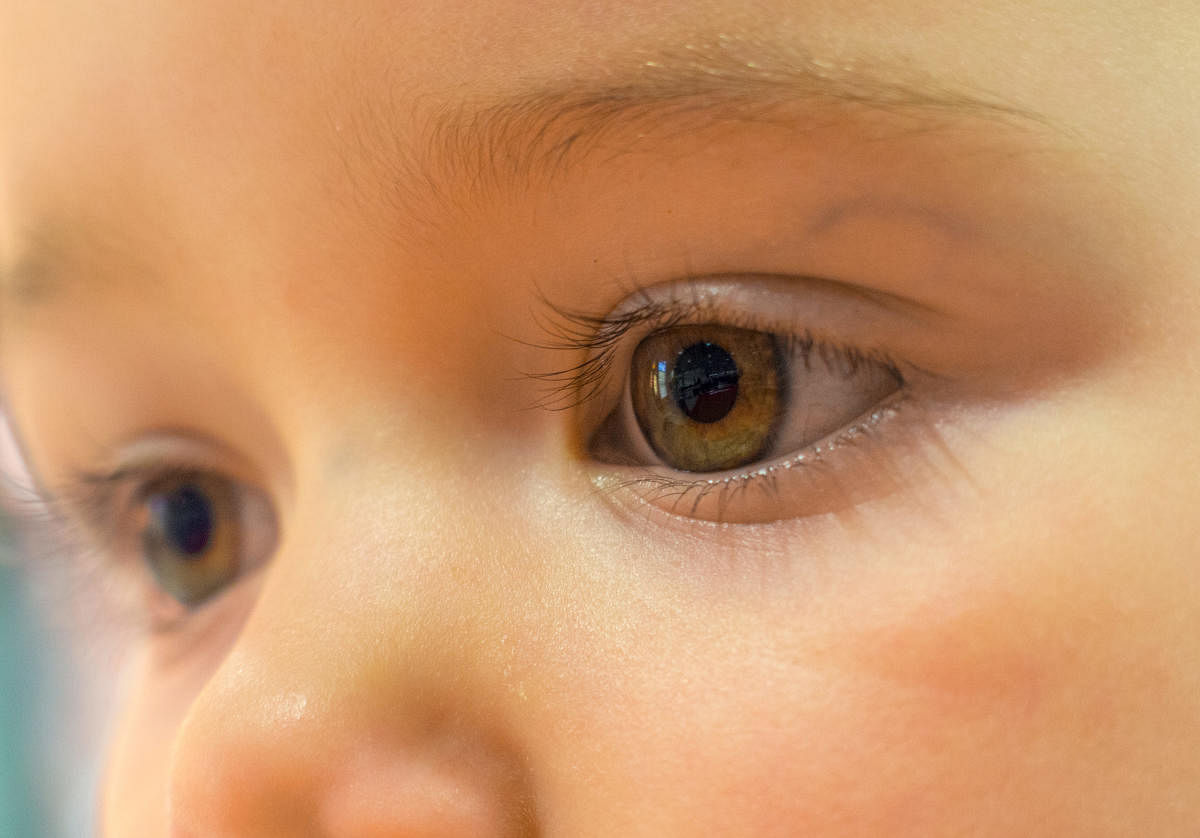
Paediatric cataract develops mostly as a congenital cataract during birth. This could be due to multiple reasons like TORCH infections in mothers during pregnancy, metabolic disorders in the child, genes, abnormal chromosome, trauma during pregnancy, and the usage of steroids. Sometimes, trauma during delivery could also contribute as a major factor.
Cataracts are estimated to be present in approximately 15,000 children worldwide, accounting for 5-20% of childhood blindness. Cataract in any age means the clear lens in the eye has become opaque. Eyes in children grow till the age of eight, which is termed as a critical period of visual development. The presence of cataract blocks the light entering the eye and hampers the development leading to lazy eye or sensory deprivation amblyopia.
The main symptoms to look out for include the child not smiling at familiar faces, shaking of eyeballs called nystagmus, white reflex in the eye, the child not responding to toys, etc. In older children, decreased vision in school may be noted.
Surgical intervention is the only solution for paediatric cataracts. Surgery has to be done as early as six to eight weeks after birth for congenital cataracts. In developmental cataracts (noted later in life), surgery is planned as soon as the vision is affected.